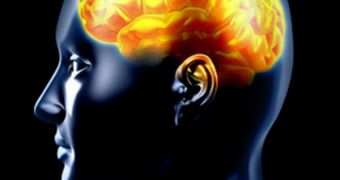Each person has their own personal memories, but some of these memories are a lot stronger, and also more intense, than others. These are called emotional memories, and they manifest themselves for example when you're transported back to childhood at the smell of a familiar aroma. Past events and experiences that spring to mind because they are triggered by a sight, a smell, or a certain sound may be inscribed in a part of the brain that deals with handling these stimuli, a new investigation now proposes. This is why people remember these events more readily than they do neutral memories.
“I think it’s a groundbreaking paper. It’s the first time that I know of that someone was able to connect the sensory cortices to a remote memory, and that’s quite significant,” says University of California, in Los Angeles (UCLA) neuroscientist Alcino Silva. The new research provides clues as to where emotional memories may be stored in the human brain for the first time ever. Details of the study were published today, in the August 6 issue of the esteemed journal Science. The work was conducted on lab rats, but it may also hold relevance when the results are translated to humans, the researchers say.
In the rat experiments, scientist at the University of Turin in Italy applied electric shocks to the rodents, in the presence of either sounds, smells or sights. After about a month of hiatus, the team then damaged parts of the rats' brains, called secondary sensory cortices, and noticed that the memories involving any of the three stimuli had disappeared. The animals no longer panicked when exposed to the sounds, smells, or sight they had learned to associate with pain, even though an electric shock was imminent.
The new conclusion “indicates that sensory cortices that commonly are not considered key structures for emotional memories are indeed necessary for them,” University of Turin neuroscientist Benedetto Sacchetti says. He is also a coauthor of the new Science paper. “What is the big story of the 21st century is that primary and even secondary cortices appear to be sites that are likely to store memories. And there’s no part of the brain which is immune from memory storage of some kind,” says University of California in Irvine (UCI) neuroscientist Norman Weinberger, quoted by Science News. The expert was not involved in the new work.

 14 DAY TRIAL //
14 DAY TRIAL //